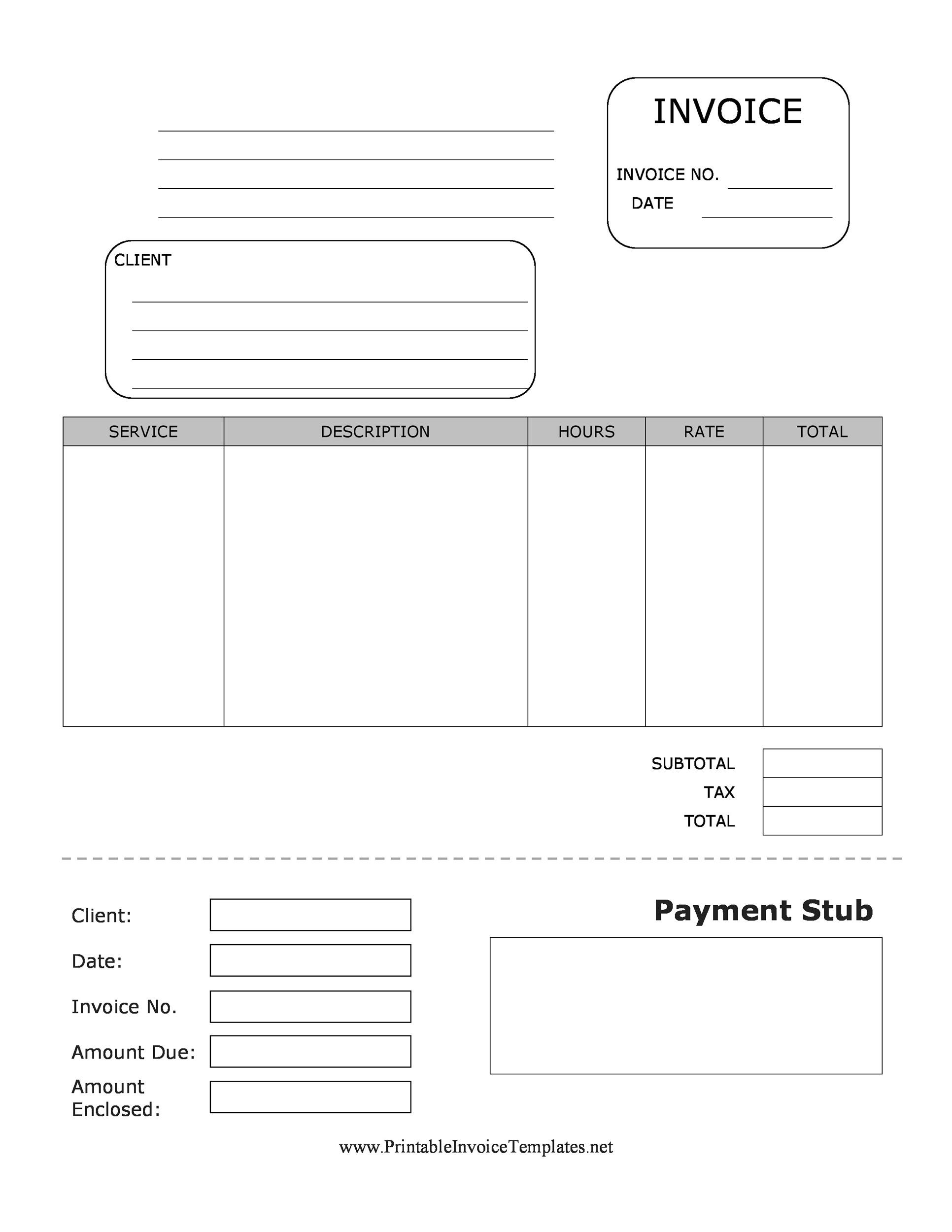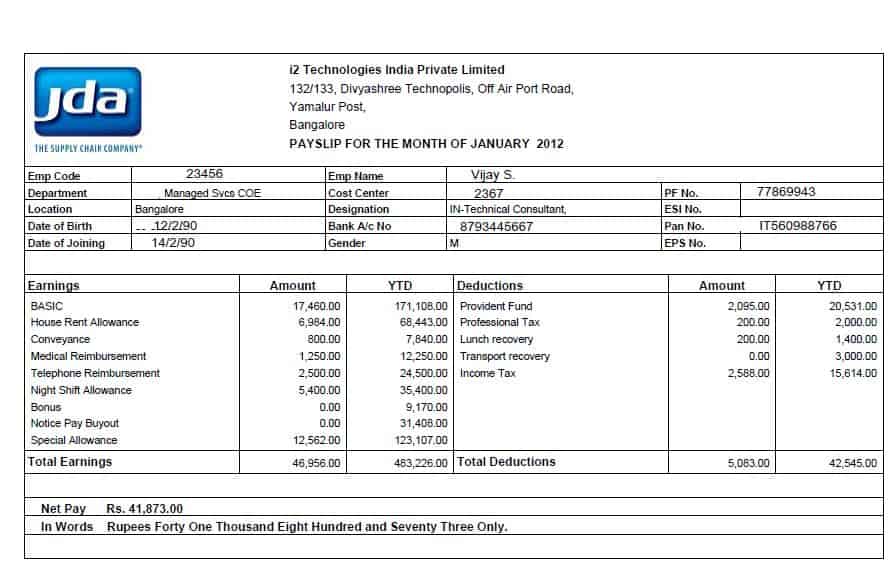


However, they appear genuine and are capable of resisting detection except in the face of strong appropriate procedures.įalse wage claims, involving falsification of records by employees to get more pay, are quite common. While ghost employees are probably the hardest to engineer and involve the most effort, they can add up to serious money as effectively the whole of their pay is fraudulent. Where a company pays pensions, a common fraud is to keep pensioners’ details on the system after the individual has died, again diverting the payments to a new fraudulent bank account.

Typically, there are three categories of payroll fraud to which companies are vulnerable: ghost employees, false wage claims and false expense reimbursement.Ī ghost employee is a person, fictional or real, who is being falsely paid through a company’s payroll.The fraudster enters fake information,potentially that relating to ex-employees, into the payroll system to divert and claim money fraudulently.These can be employees whose details are kept on the system after they have left, with the fraudster inputting new bank details. Whether you have twenty employees or twenty thousand, the key imperative for every decision maker is how best to minimise the risk, if not to prevent it entirely. Payroll fraud is a serious and expensive problem, and one which can pass unnoticed for long periods of time if your company doesn’t have the correct procedures in place.


 0 kommentar(er)
0 kommentar(er)
